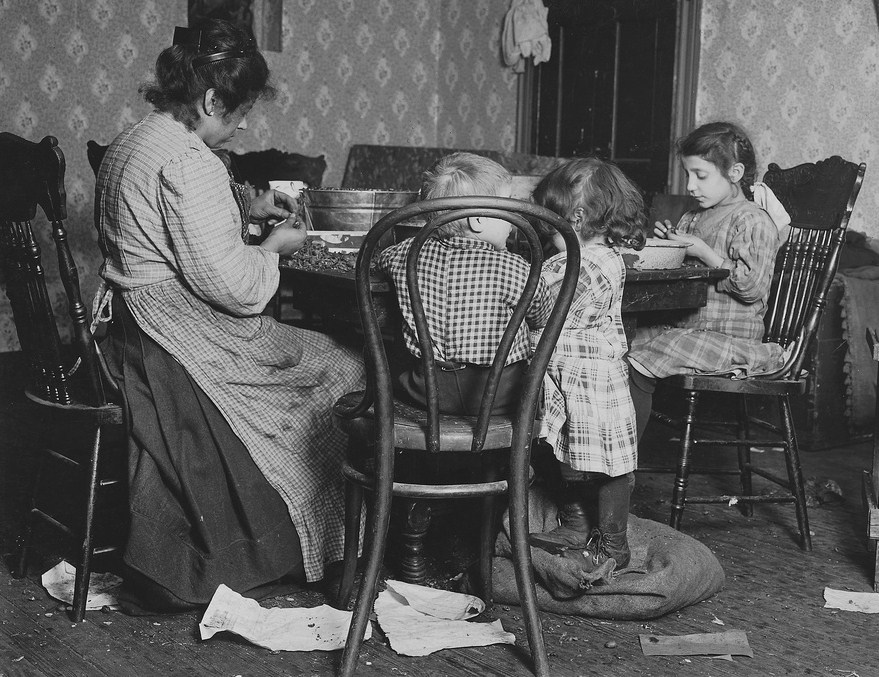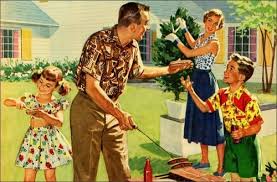History of Women's Roles
“In the first half of the twentieth century, the world was faced with several crises including the Great Depression, World War II and the economic changes which occurred after this war. During these crises, women were forced in and out of the workplace depending upon how they were needed. . . After the war women were expected to, and portrayed as, returning to the home to allow their men to have their jobs.”
- Peggy Preston, 1988

(John Styles, 1817)

(Lewis Wickes Hine, 1903)

(William C. Shrout, 1941)
Throughout history, women have been depended on for a variety of roles, most of them along the lines of supporting a family while their husbands go out to work for a living, like managing the household and servants in the 1700s and 1800s and rasing and educating their children all throughout history. Women have also had to work harder than men to, only more recently in the 1900s, earn the right to vote and more equal educational and career oppoutunities.
However, there have also been women throughout history depended on for what would have been seen as more "masculine" roles by the people of the 1950s. The women of Sparta had the most freedom compared to other women in the ancient Greek world. They were given education with a high emphasis on physical exercise and were given actual control over the home, but were still in many ways suppressed-- they were still considered lower class than men and were looked down upon if they didn't produce strong male children for warriors. Many women throughout history have also taken on "non-traditional" leadership roles, like Queen Victoria and Eleanor Roosevelt, encouraging other women to do the same.
Athough during World War Two, many husbands were abroad as US soldiers, leaving women to leave their traditional role in the home and enter the workplace in order to keep the US economy running smoothly. They did jobs such as work in defense plants, manufacture weapons, and even some hospitals were run entirely by women.
However, the end of WW2 brought abrubt change to this "new" structure of society and the gender roles within it.
“This was the first time in modern history that people were considered solid middle class . . . Seventy percent of U.S. households were living on a single income. Fifty percent owned their own home and more owned a car."
- Cathy Polovina

(Roger Wilkerson, 1953)
Families could finally achieve this "perfect" American family image-- by Western norms, that is. If the husband had a steady, good paying job, the women could get by with staying home and running the household. Consumerism was also at an all time high, with many new gadgets targeted through advertising to women since they were the ones who would use them to run the household. It became expected of women to stay at home with the children, and many companies preyed on that with their advertising mediums. With that came the constant media-created ties of women to a solely motherly role and the budding of the decades-long stereotypes that women were inferior to men and due to this, their role was best played out in the home-- out of sight, out of the minds of men at work.